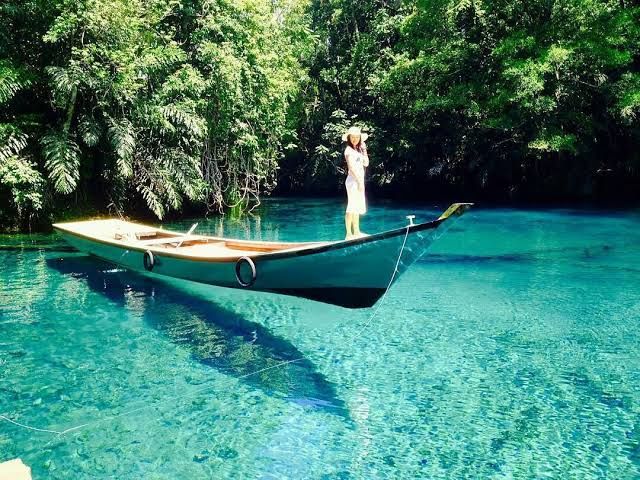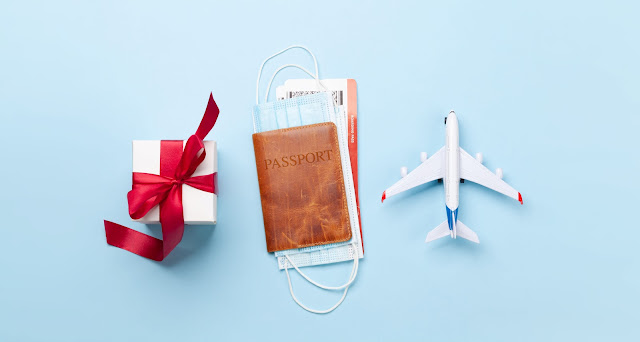Borneo (Kalimantan): A Majestic Realm of Biodiversity and Ancient Cultures
Overview
Borneo, the third-largest island in the world, is shared by three countries: Indonesia, Malaysia, and Brunei. The Indonesian portion is known as Kalimantan and covers about 73% of the island. Renowned for its ancient rainforests, diverse wildlife, and rich indigenous cultures, Kalimantan is a treasure trove for nature lovers and cultural enthusiasts alike.
Key Attractions
Tanjung Puting National Park: This famous park in Central Kalimantan is best known for the orangutan conservation efforts. Tourists can embark on river cruises, spotting not only orangutans but also proboscis monkeys, crocodiles, and an array of bird species.
Derawan Islands: Located off the coast of East Kalimantan, this archipelago offers pristine beaches, clear waters, and is a haven for divers, boasting a rich marine biodiversity including manta rays and turtles.
Dayak Villages: The Dayak people, indigenous to Borneo, have a rich history and culture. Many villages, particularly in West and Central Kalimantan, welcome visitors to experience their traditions, rituals, and daily life.
Mahakam River: This long river in East Kalimantan is the region's lifeline, with numerous traditional communities, wildlife, and unique landscapes along its banks.
Kutai National Park: Located in East Kalimantan, this park is home to orangutans, proboscis monkeys, and the rare Bornean gibbon.
Cultural and Natural Significance
Kalimantan's rainforests are among the oldest in the world and play a crucial role in global biodiversity conservation. The island is home to unique species like the Bornean orangutan, pygmy elephants, and the elusive clouded leopard.
The indigenous tribes of Kalimantan, primarily the Dayak, have lived in harmony with these forests for millennia. Their intricate tattoos, longhouse dwellings, and vibrant festivals, such as the harvest festival or "Gawai Dayak," are deeply intertwined with the natural world.
Environmental Challenges
Borneo's forests have been under threat from logging, palm oil plantations, and mining, leading to significant deforestation and habitat loss. Conservation initiatives are ongoing to protect the remaining forests and rehabilitate damaged areas. Organizations like the Borneo Orangutan Survival Foundation work tirelessly to rescue, rehabilitate, and release orangutans displaced by habitat destruction.
Travel Tips
Eco-tourism: Opt for eco-friendly lodges and tours that prioritize sustainable practices and contribute to local conservation efforts.
Respect Local Communities: When visiting indigenous communities, always seek permission before taking photographs and respect their traditions and customs.
Health Precautions: Kalimantan's rainforests are beautiful but can be challenging. It's essential to take precautions against malaria and ensure you're equipped for jungle treks.
Best Time to Visit: The drier months from May to September are generally the best time for exploration, though rain can be expected year-round due to the tropical climate.
Conclusion
Kalimantan's blend of natural wonders and rich cultural heritage offers a profound journey into one of the world's most biodiverse and historically rich regions. As modern challenges threaten the balance of this precious land, there's a renewed urgency to appreciate, preserve, and protect the incredible legacy of Borneo.
References :




Komentar
Posting Komentar